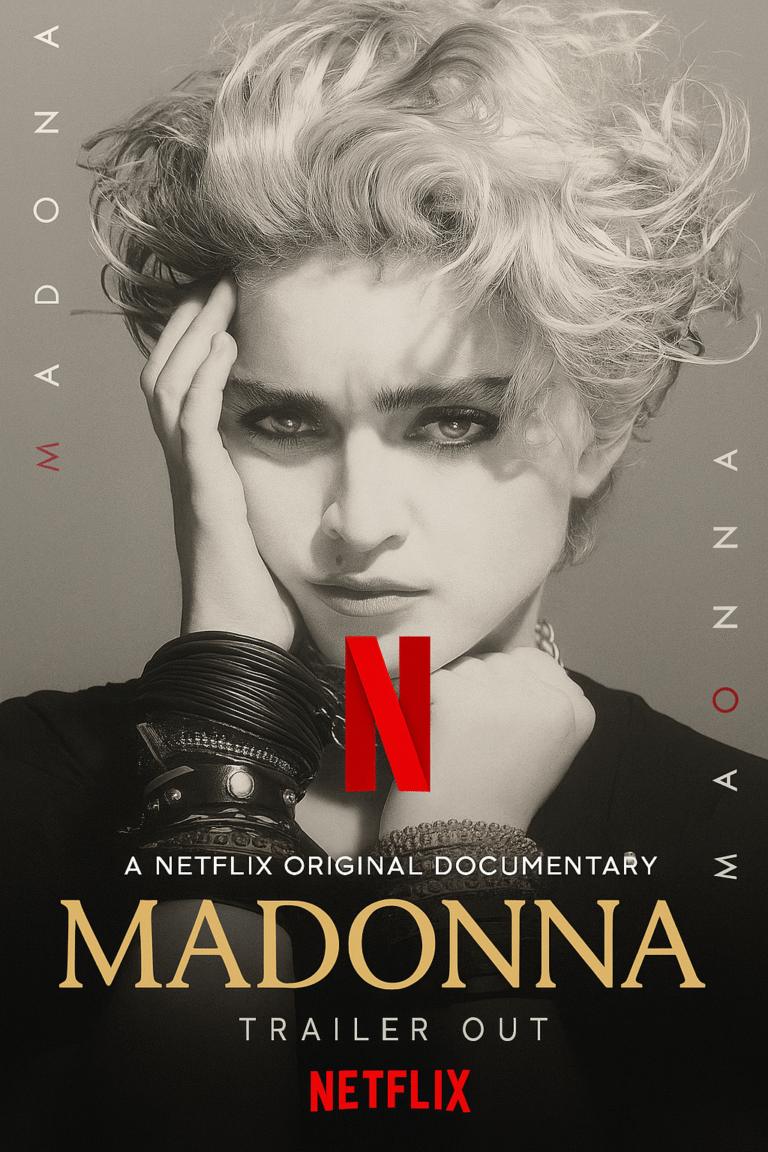
The new Netflix documentary series on Susanna Hoffs opens with a tone that is both nostalgic and empowering. From the first moments, viewers are transported into the glittering yet complex world of 1980s pop and rock, where Hoffs emerged as the radiant lead voice of The Bangles. The filmmakers waste no time in establishing her as more than a pop icon — she is portrayed as a storyteller, a dreamer, and a resilient artist who helped define an era of music with her charm, voice, and vision. The series paints her life not as a timeline of fame, but as a symphony of creativity and perseverance.
The early episodes beautifully capture her beginnings in Los Angeles, where music pulsed through the culture and ambition was written into the city’s rhythm. Through rare archival footage and candid interviews, we see a young Hoffs navigating the uncertainty of being an artist in a male-dominated rock scene. Her influences — from The Beatles to Joni Mitchell — shaped her melodic instincts, while her sharp songwriting and artistic sensibility gave her a unique voice among her peers. Netflix skillfully contrasts her vulnerability with her quiet determination, crafting a portrait of a woman ahead of her time.
As the documentary unfolds, The Bangles take center stage, and their rise feels electric. The scenes of the band recording their early demos, performing in crowded clubs, and eventually signing to a major label are filled with raw emotion. The series doesn’t romanticize the journey — it shows the creative clashes, the exhaustion, and the weight of expectations that came with success. Yet, what stands out most is the chemistry between Hoffs and her bandmates, rooted in mutual respect and shared love for harmonies that would go on to define their signature sound.
By the third episode, the world-shaking success of songs like “Manic Monday” and “Walk Like an Egyptian” takes viewers on a whirlwind of fame. The series balances glamour with reality, showing how The Bangles became icons while also facing the challenges of being women in a pop-rock world dominated by male producers and critics. Hoffs’s perspective is especially poignant here — her reflections are gentle but honest, revealing the tension between artistic integrity and commercial demand.
The documentary’s emotional core lies in its exploration of identity and independence. As the series moves through the late 1980s, Hoffs’s personal and professional life begins to intertwine in unexpected ways. Netflix allows viewers to witness her evolution from band member to solo artist, exploring her ventures into acting, songwriting collaborations, and creative experimentation. The tone shifts from vibrant nostalgia to introspective storytelling, showing that her artistry never stood still — it matured, deepened, and diversified.
Throughout the series, music remains the language through which Hoffs expresses herself most clearly. Acoustic sessions and behind-the-scenes studio recordings punctuate each episode, giving audiences intimate access to her creative process. Whether she’s strumming her guitar softly or harmonizing with others, these moments remind us that her voice — both literally and metaphorically — remains timeless. One highlight includes a stripped-down rendition of “Eternal Flame,” where her voice carries the same emotional clarity it did decades ago, proving that true artistry never fades.
Hoffs’s reflections on aging, fame, and femininity are handled with grace and insight. She speaks openly about navigating the music industry’s double standards and how she found strength in authenticity. The documentary celebrates her choice to stay true to herself rather than chase trends or approval. Netflix masterfully juxtaposes clips from her youth with recent interviews, revealing a woman who has learned to embrace both her past and her present with pride.
The supporting interviews are rich and heartfelt, featuring collaborators, friends, and fellow musicians who admire her work. Artists like Sheryl Crow, Belinda Carlisle, and even modern indie stars share stories of how Hoffs influenced their own musical paths. These testimonials reinforce the quiet yet powerful legacy she’s built — not just as a performer, but as a trailblazer who showed that passion and grace can coexist in the ever-changing world of music.
Visually, the documentary is stunning. Its blend of vibrant concert footage, soft-focus interviews, and artistic recreations captures both the energy and the intimacy of Hoffs’s world. The sound design deserves special mention — her melodies often weave subtly through transitions, turning each episode into a lyrical journey. The cinematography gives her story a poetic rhythm, as if every frame was set to the beat of her own heart.
The documentary premiered on October 29, 2025, marking a milestone moment for fans and newcomers alike. Its release felt like a celebration of not just Susanna Hoffs’s career, but of the enduring power of women in music who dared to carve their own paths. Social media buzzed with appreciation for Netflix’s sensitive, stylish portrayal, while critics hailed it as one of the most emotionally intelligent music documentaries of the year.
As the series draws to a close, the final episode is both reflective and hopeful. Hoffs performs on a small stage, her voice still rich and magnetic. The audience is smaller now, but her connection to them feels deeper than ever. She speaks about how success is not measured by fame, but by the ability to keep creating and connecting through music. It’s a simple message, yet profoundly moving — a fitting end to a life story that continues to inspire.
Ultimately, Netflix’s Susanna Hoffs: Eternal Flame is a luminous ode to artistry, resilience, and reinvention. It reminds viewers that true musicians don’t just make hits — they create moments that live forever. Through laughter, heartbreak, and harmony, Hoffs’s journey stands as a reminder that music, like love, is eternal.



